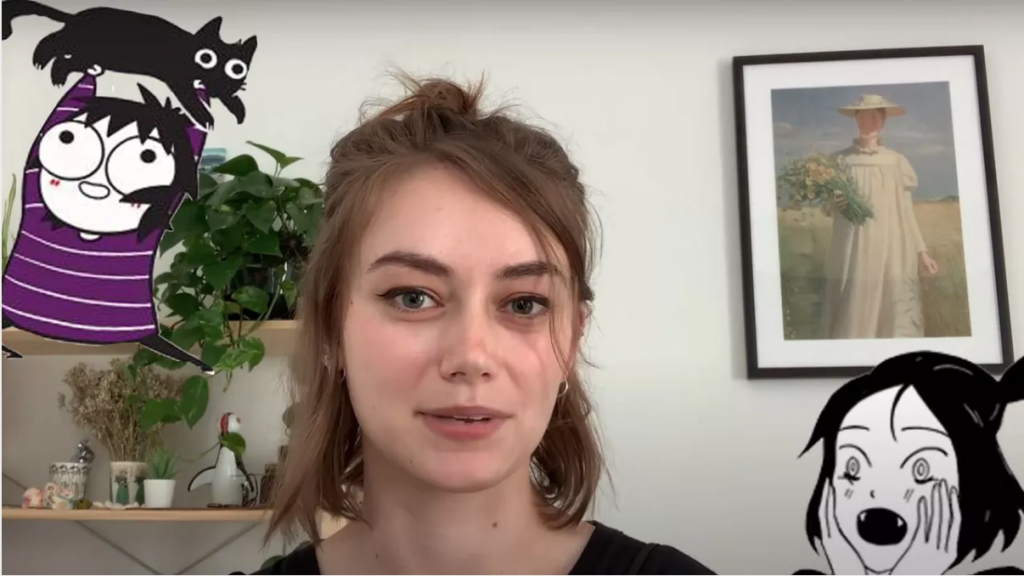
Artist Sarah Andersen wrote an opinion piece for The New York Times protesting the use of her art by an image generator. She’s depicted here with some of her cartoons in an image created by her digital publisher, Tapas Media.
Cartoonist Decries Algorithm’s Theft of Her Work, Twisted for Alt-Right Politics
Seeflection.com has reported on machine learning algorithms “scraping” the works of human artists. Now the apps are being used by groups to create art that furthers their controversial politics. On nytimes.com, an artist wrote an opinion piece about how she felt violated by the alterations to her original artwork, spewed by an algorithm for an alt-right message
Sarah Andersen, a 30-year-old cartoonist and the illustrator of a semiautobiographical comic strip, “Sarah’s Scribbles” also created the graphic novel “Fangs,” which was nominated for an Eisner Award. She wrote that she felt “violated” by the use of her work to create alt-right comics.
One day this past October she saw a comic that was hers initially with completely different wording. And it was political in the worst way. Besides being just short of being a legal infringement.
Anderson explains:
“In October, I was sent via Twitter an image generated by A.I. from a random fan who had used my name as a prompt. It wasn’t perfect, but the contours of my style were there. The notion that someone could type my name into a generator and produce an image in my style immediately disturbed me. This was not a human creating fan art or even a malicious troll copying my style; this was a generator that could spit out several images in seconds. With some technical improvement, I could see how the process of imitating my work would soon become fast and streamlined, and the many dark potentials bubbled to the forefront of my mind.
I felt violated. The way I draw is the complex culmination of my education, the comics I devoured as a child, and the many small choices that make up the sum of my life. The details are often more personal than people realize — the striped shirt my character wears, for instance, is a direct nod to the protagonist of “Calvin and Hobbes,” my favorite newspaper comic. Even when a person copies me, the many variations and nuances in things like line weight make exact reproductions difficult. Humans cannot help bringing their humanity into art. Art is deeply personal, and A.I. had just erased humanity from it by reducing my life’s work to an algorithm.”
Here is a sample of Anderson’s real work and below it is the AI-scraped version.
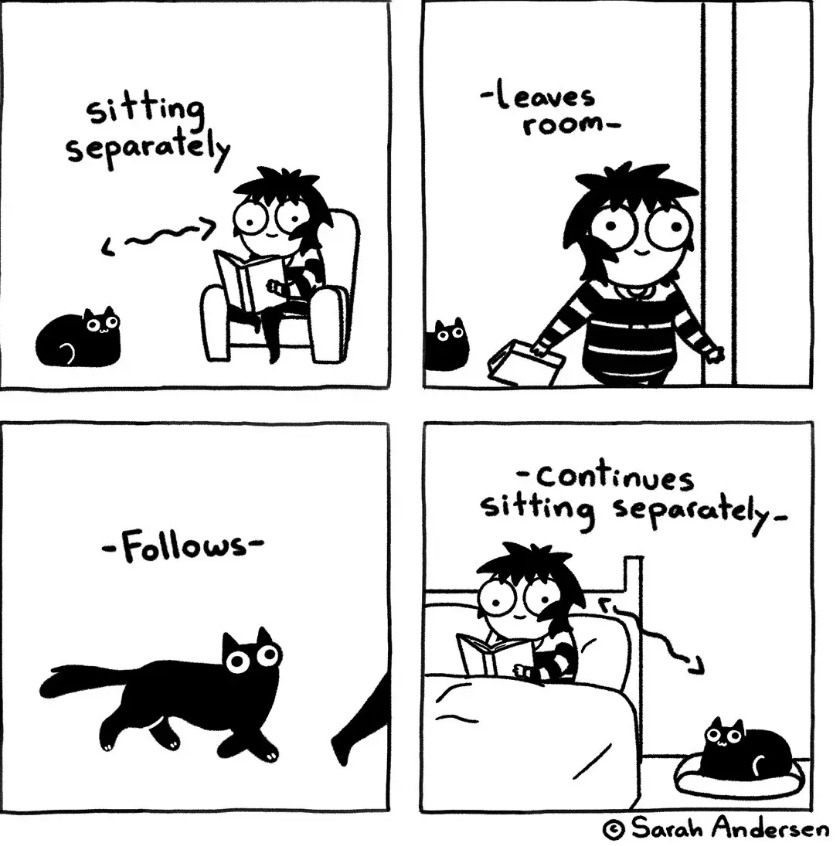
Below is the image put up by an Alt-right algorithm.
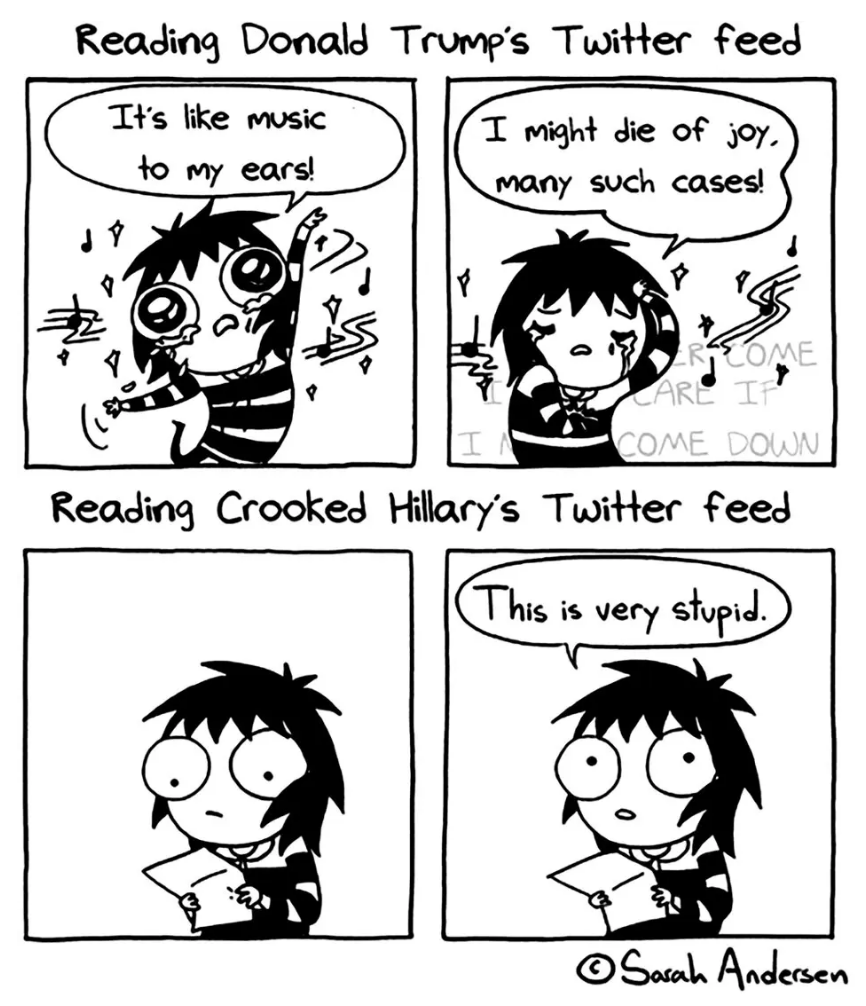
Other artists, too, are raising alarms about this type of media theft and misuse. Anderson wrote that text-to-image generators, including Stable Diffusion, Midjourney, and DALL-E, are being used to create everything from digital art to character designs.
“Stable Diffusion alone has more than 10 million daily users. These A.I. products are built on collections of images known as “data sets,” from which a detailed map of the data set’s contents, the “model,” is formed by finding the connections among images and between images and words. Images and text are linked in the data set, so the model learns how to associate words with images. It can then make a new image based on the words you type in.”
The article explains how Anderson’s cartoon was copied and altered. Anderson calls out the lack of rules concerning scraping algorithms and human artists’ efforts to create something original. She wrote that using AI to advance a political view while stealing another person’s intellectual property has no place in today’s world.
read more at nytimes.com


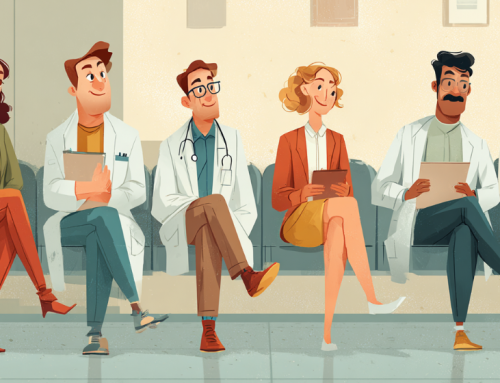


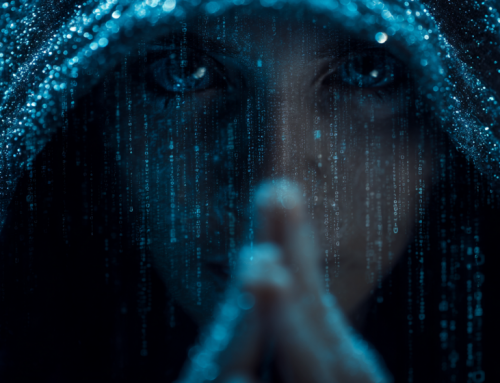

Leave A Comment